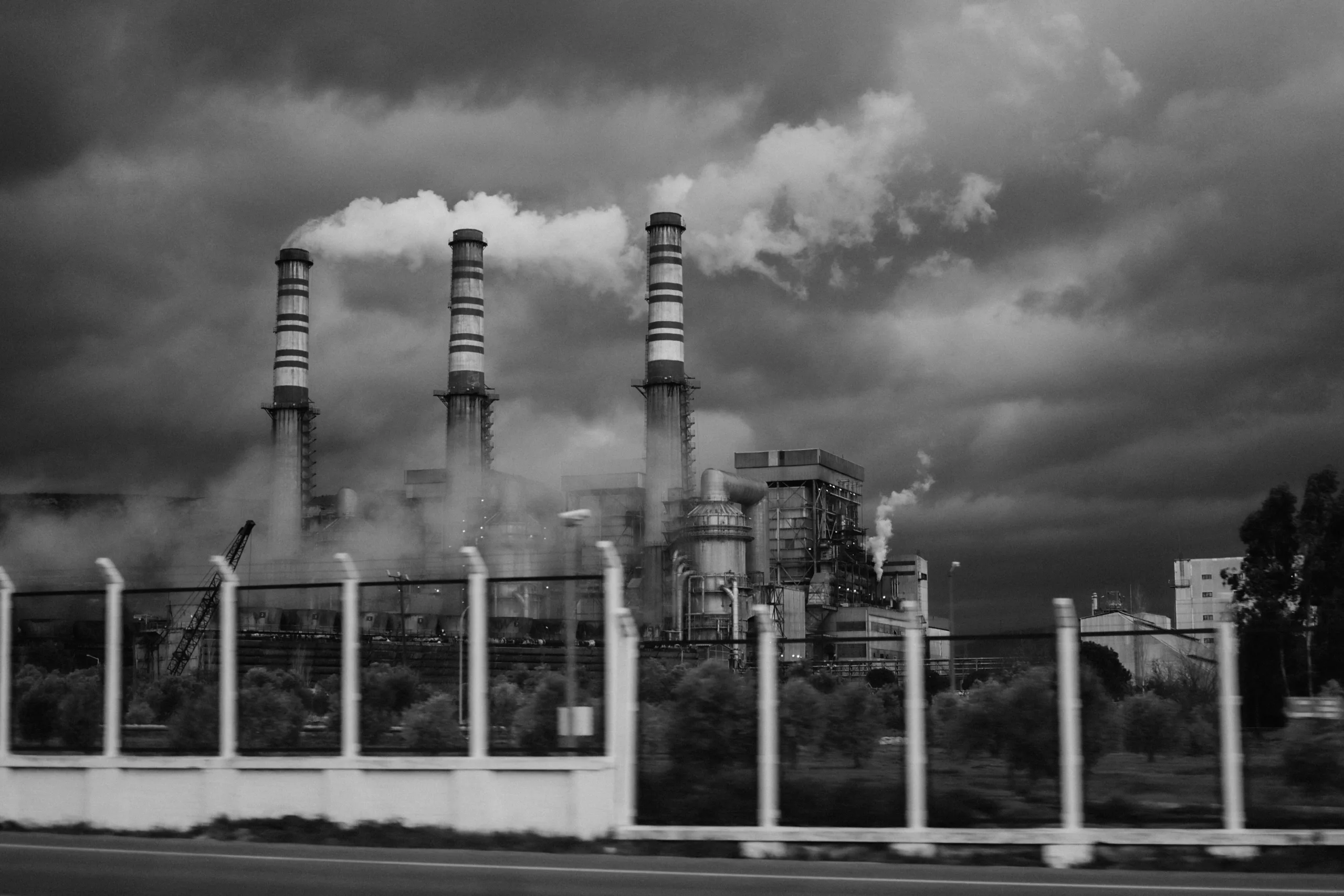Renewable energy is making vast strides in the race to reduce carbon emissions, casting a long shadow over carbon capture and sequestration (CCS) ventures. Despite investments and industry support, CCS seems to be at a standstill when faced with the question of its efficacy in battling climate change. The recent investments, such as those received by Carbon Engineering, are igniting debates on where we stand in terms of global investment in CCS and its outcomes—a subject deserving scrutiny in the light of these developments.
The Investment in Carbon Capture: A Close Examination
Quantifying the exact investments put into global carbon capture initiatives is challenging due to limited publicly available data. However, piecing together information from various press releases and extrapolations where necessary suggests a figure hovering around $7.5 billion, focused mainly on capital costs and excluding substantial operating expenses.
Organizations like the Global CCS Institute, which is supported by fossil fuel companies, report favorably on CCS without transparently disclosing the financial aspects against actual carbon sequestration results. Through a comprehensive evaluation, it is possible to unearth both the potential and limitations of reported ‘large-scale’ carbon capture facilities.
The Reality of Large-Scale Carbon Capture
The ‘large-scale’ nature of the 19 identified CCS plants is misleading, considering only three handle sequestration over a million tons annually, with most others serving primarily for enhanced oil recovery—essentially a drop in the bucket in the grand scale of carbon reduction needs.
Norway stands out as a rare example of a country taking CCS seriously, though still at a relatively modest scale with its Sleipner and Snøhvit facilities. An alarming finding reveals that even including energy produced through enhanced oil recovery, the actual rate of sequestration is abysmally low, further reinforcing the inadequacy of CCS to date.
Comparing CCS to Wind Energy Investments
An analysis comparing the hypothetical application of CCS investments in wind generation paints a stark contrast. In an onshore wind scenario, with conservative operational metrics, wind energy outperforms the best outcomes of CCS, revealing that the same $7.5 billion would have prevented more CO2 emissions had it been directed towards wind energy instead.
Extending the timeframe to 50 years and accounting for all large-scale sequestration projects, wind energy still trumps CCS by a significant margin in terms of CO2 avoidance, pushing the boundaries of how beneficial CCS really is when compared to renewable alternatives.
The Inconsequential Impact of CCS on Oil and Gas Revenues
Putting the carbon capture expenditures into perspective, it becomes evident that CCS’s share of the annual oil and gas industry revenues is minuscule, possibly hinting at a PR-fronted investment rather than a genuine commitment to reducing carbon emissions substantially.
Wind and Solar: The True Champions of Carbon Displacement
Contrastingly, wind and solar are making tangible impacts on carbon displacement—substantially more than CCS. The numbers are telling: between them, they’re displacing an estimated 35 times more CO2 annually than the complete history of carbon capture has ever managed.
With the world steadily embracing 100 GW of new wind and solar capacity each year, the future of renewable energy looks even more promising, poised to avert thousands of millions of tons of CO2 over the lifespans of these projects.
CCS: Merely a Fraction in the Global Warming Equation
Ultimately, the contribution of CCS to mitigating global warming appears marginal, especially when viewed in the context of the far greater potential of wind and solar energy, as well as the disproportionate reliance of climate models on CCS. The call to action for renewables is clear: they’re not just the present but overwhelmingly the future of energy and environmental preservation.
